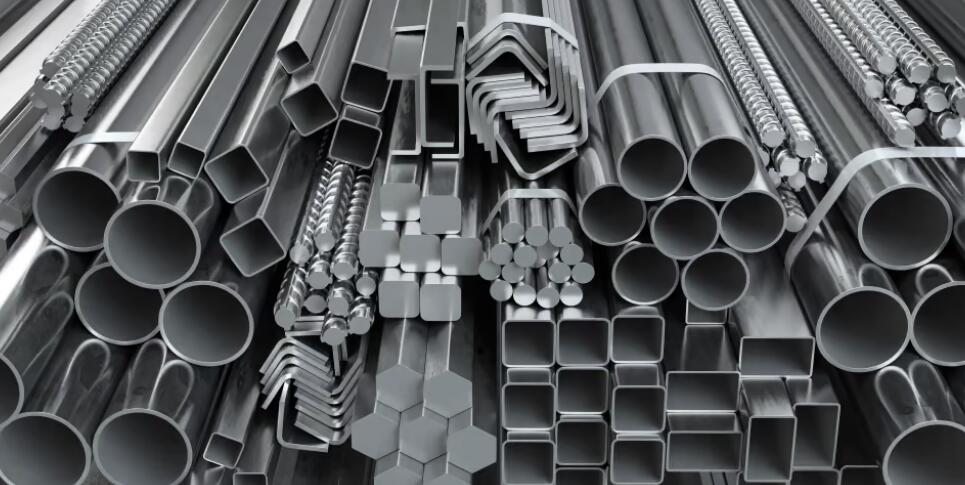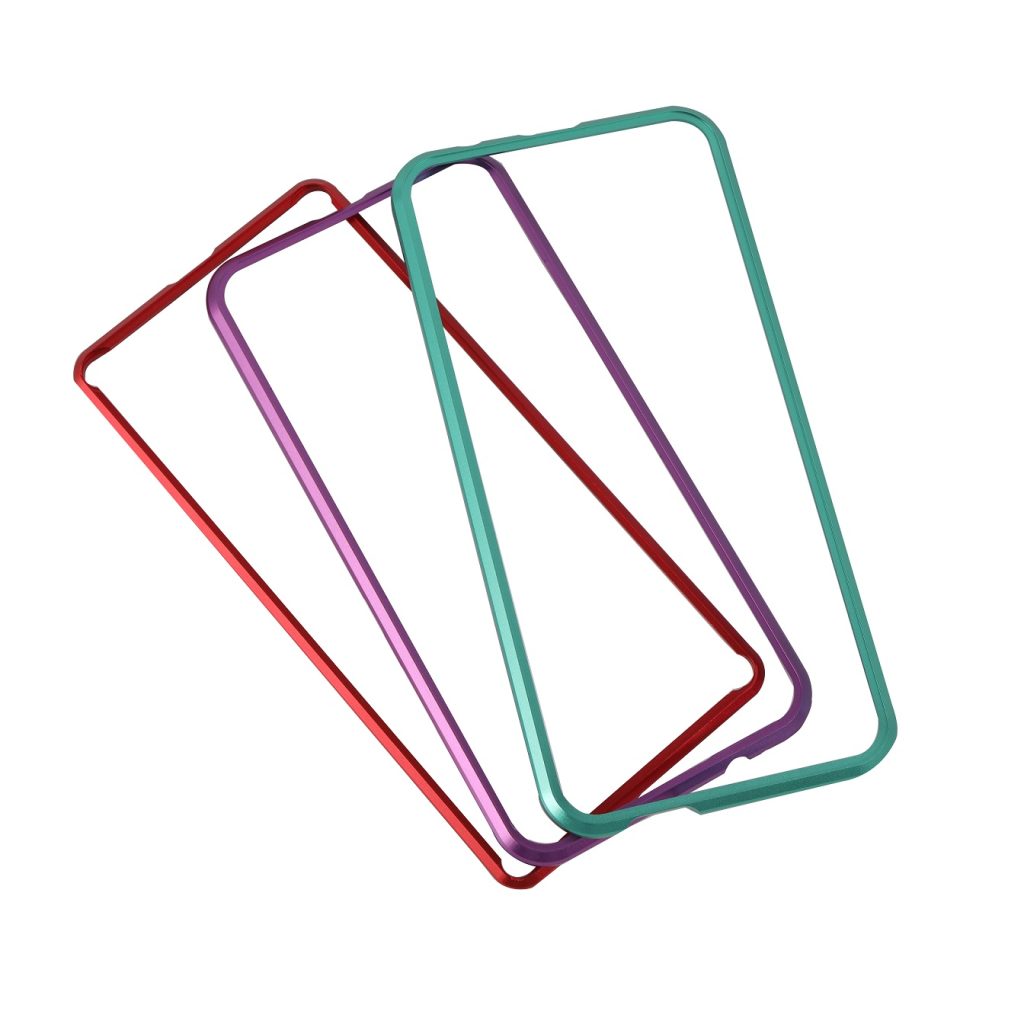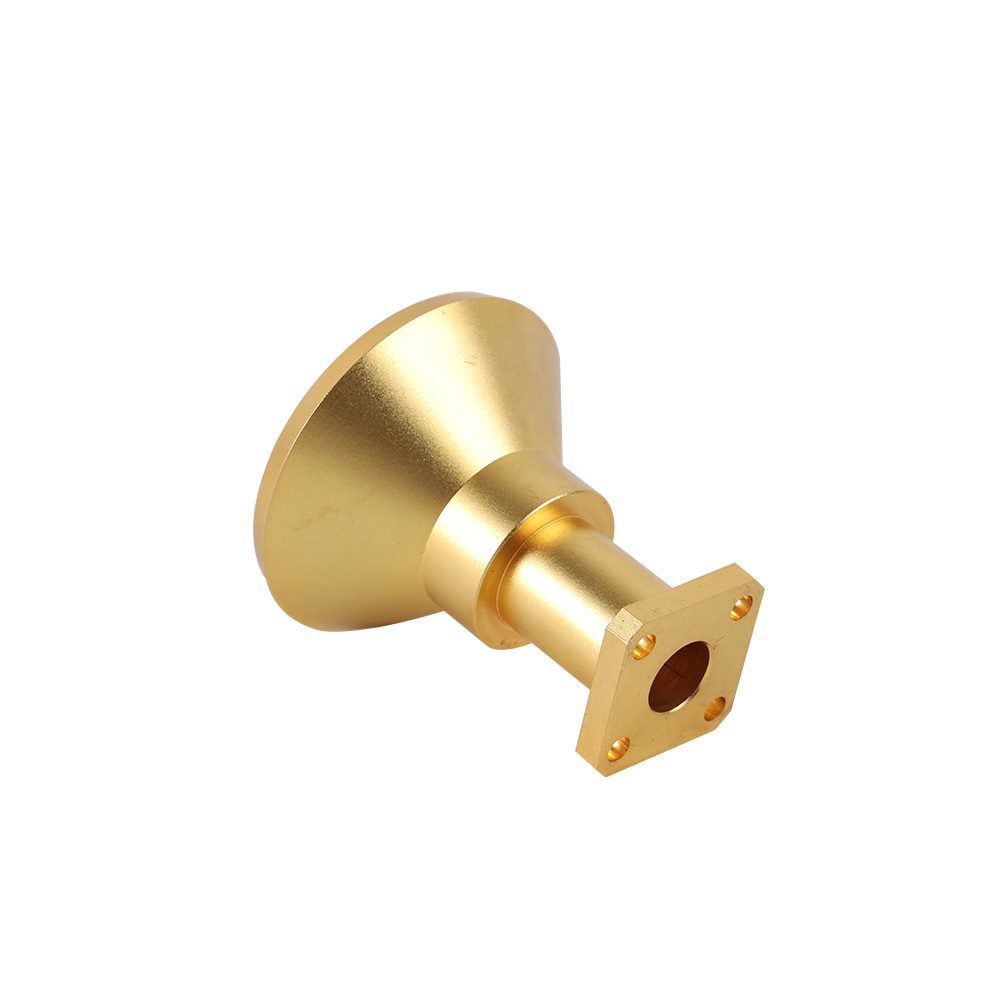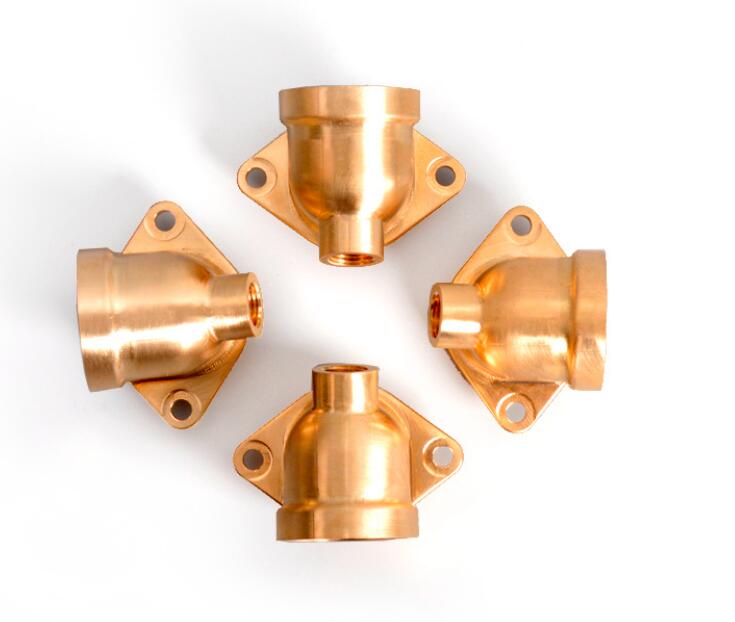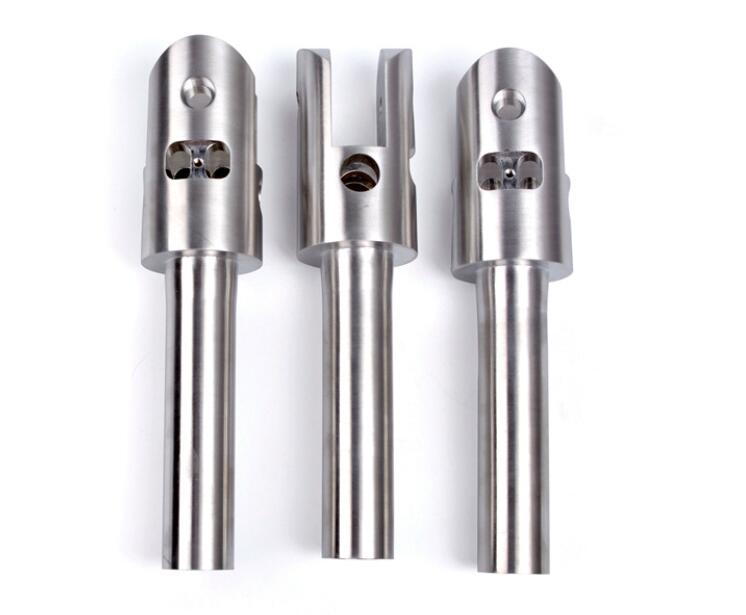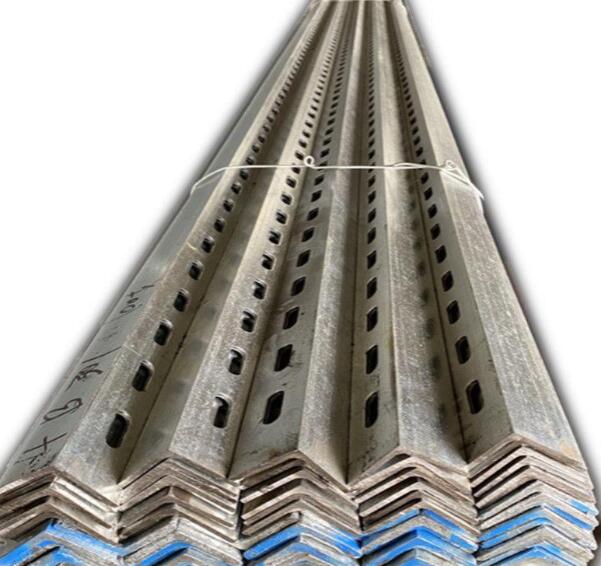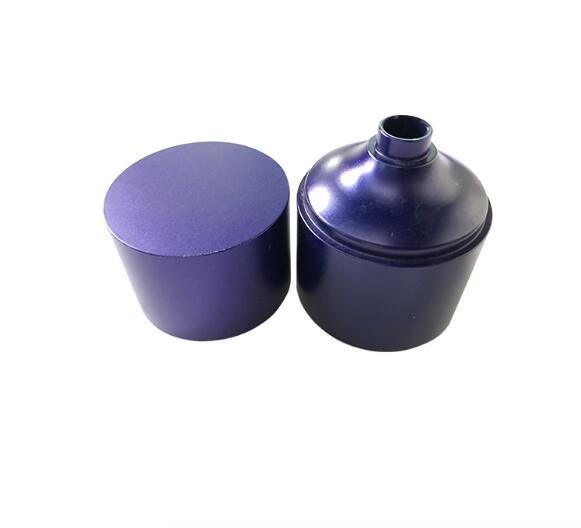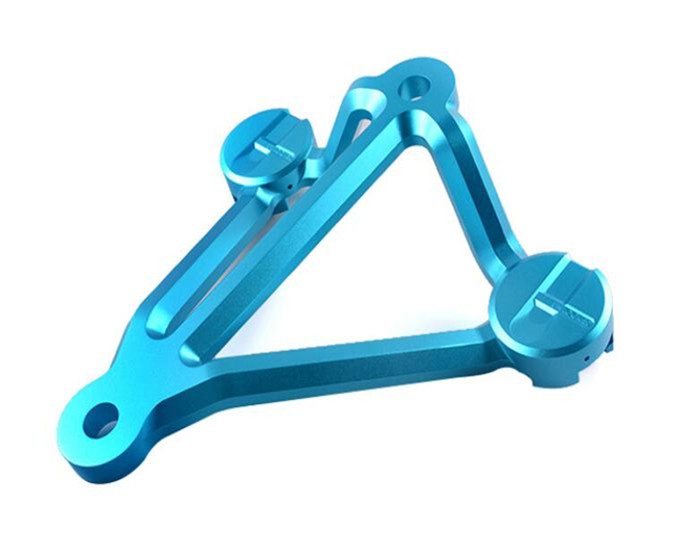Galvanized steel is regular steel coated with a layer of zinc to protect it from corrosion. The zinc serves as a sacrificial anode, corroding before the steel does, thereby prolonging the life of the steel.
This process of adding a zinc layer, known as galvanization, greatly enhances the corrosion resistance of the base steel.
Corten or Weathering Steel
Corten, commonly known as weathering steel, is a group of steel alloys that were developed to eliminate the need for painting. Instead, the steel forms a stable rust-like appearance when exposed to the elements.
This protective layer, while appearing rusted, adheres to the base metal and protects it from further corrosion.
Gold
Gold is one of the least reactive chemical elements, and its resistance to tarnish and corrosion has made it a sought-after metal for jewelry, coins, and various industrial applications.
It does not corrode in air or water. Its inertness and non-reactivity to most acids and bases make it one of the most corrosion-resistant metals around. Gold’s resistance to tarnish and its lustrous yellow color have been cherished for thousands of years, making it a symbol of wealth, power, and beauty.
Silver
Silver, while known for its beauty and use in jewelry, does tarnish when exposed to sulfur compounds in the air, resulting in a black silver sulfide layer. However, this tarnishing is only superficial and can often be polished away.
Platinum
Platinum is a dense, malleable, and highly unreactive metal. Its resistance to wear and tarnish is well-regarded, making it perfect for jewelry, particularly rings and watches. Platinum does not corrode in air and is unaffected by common acids, but it can dissolve in aqua regia (a mixture of nitric acid and hydrochloric acid) and in hot caustic alkalis.
Magnesium Alloy


